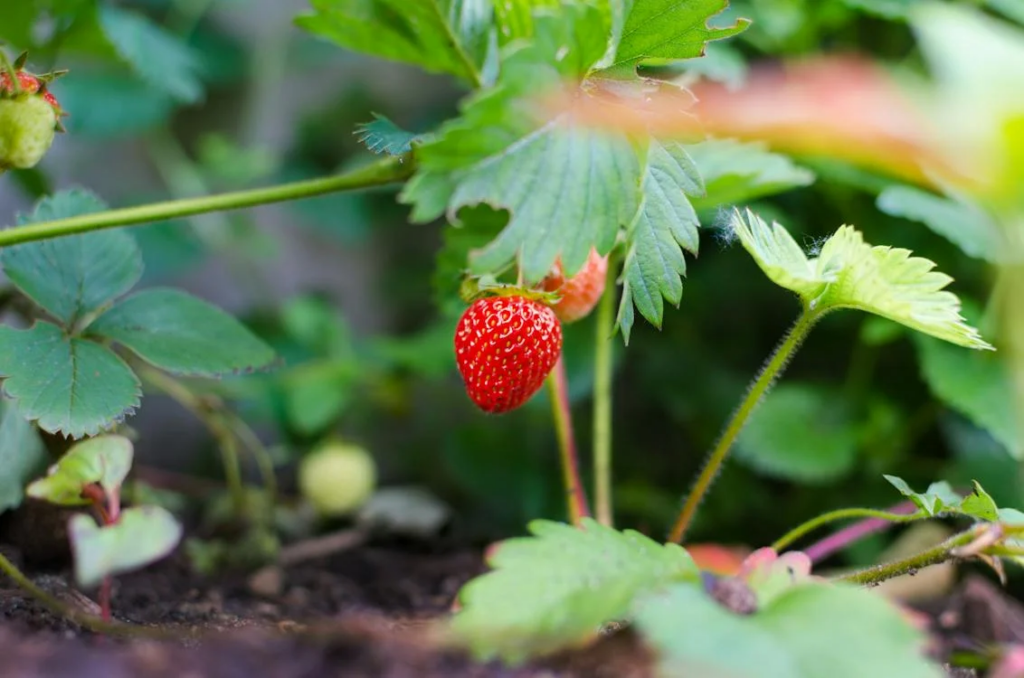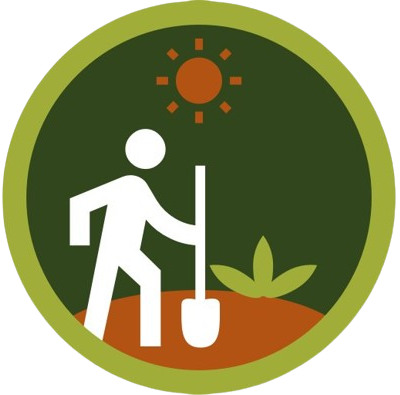GARDENING TIPS THAT EACH GARDENER NEEDS TO KNOW

It may feel overwhelming when you first begin gardening to have so much to learn and so many questions. What kind of soil is ideal for planting vegetables in, and how should you do it? When should you divide your hostas and prune your hydrangeas? Is there enough water and sunlight for everything? Good news: nature is an excellent teacher. You’ll discover more about what works and what doesn’t as you garden. But for now, use this list of fundamental gardening advice to uncover the solutions to some of the most frequently asked queries by beginners. Also remember to enjoy yourself when growing your own food and lovely flowers in your yard!
:strip_icc():format(webp)/gardening-tips-every-gardener-should-know-5650532-01-primary-44d38ee1ad42491f93c33cd2512eeb68.jpg)
1. Know your USDA Hardiness Zone. Use it as a guide to avoid planting trees, shrubs, and perennials that won’t survive winters in your area. You’ll also get a better idea of when to expect your last frost date in spring, so you know when you can plant vegetables, fruits, and annuals outside in your area.
2. Not sure when to prune? Prune spring-flowering shrubs, such as lilacs, and large-flower climbing roses, immediately after the blooms fade. They set their flower buds in autumn on last year’s growth. If you prune them in fall or winter, you remove next spring’s flower buds.
:strip_icc():format(webp)/woman-holding-dirt-101490925-dbe4c68b66274c01bb7ed2d1bec0578a.jpg)
3. Apply only composted, rotted manure that has cured for at least six months to your soil. Fresh manure is too high in nitrogen and can “burn” plants; it may also contain pathogens or parasites. Manure from pigs, dogs, and cats should never be used in gardens or compost piles because they may contain parasites that can infect humans.
4. Perennials generally need three years to achieve their mature size after you plant them. Remember the adage that they “sleep, creep, and leap” each year, respectively.
5. Learn how long your growing season is (the time between your last frost in spring and first frost in fall), so you can start some plants inside or avoid growing them.
:strip_icc():format(webp)/deadheading-red-roses-66daabf5-1a0dc37f032243c186a991dd006b7f40.jpg)
6.Deadheading is a good practice for perennials and annuals. Because the goal of annual plants is to flower, set seed, and die, when you remove the old blooms, it tells annual plants to produce more flowers. Removing spent flowers also encourages plants to use their energy to grow stronger leaves and roots instead of seed production. Avoid deadheading plants grown primarily for decorative fruits or pods, such as money plants (Lunaria).
7. Pay close attention to how much light different plants need. Grow vegetables in a location that gets at least 8 hours of direct sunlight every day. Most vegetables need full sun to produce the best harvest. Try growing cool-season crops such as lettuce, spinach, radishes, and cabbage if you have some shade.
:strip_icc():format(webp)/gardening-tips-every-gardener-should-know-5650532-02-2db4068801094d4f8da8314e62459d64.jpg)
8. The best approaches to controlling weeds in the garden are hand-weeding and hoeing. Avoid deep hoeing or cultivating that can bring weed seeds to the soil’s surface so they germinate. Weed early and often to prevent weeds from going to seed. Use mulch to smother and prevent annual weeds.
9. Hostas don’t need to be divided unless you want to rejuvenate an old plant or increase the numbers you have or simply prefer the look of single plants. The best times to divide your hostas are in the spring as the new shoots appear and before the leaves unfurl, or in the fall at least four weeks before your soil freezes solid.
:strip_icc():format(webp)/limelight-hydrangeas-18b1b1c8-e6b478df16bc47bab27bbf6b4770b5b3.jpg)
10. Not all hydrangeas grow in the shade. Panicle hydrangeas (Hydrangea paniculata) need sun for the best flowering. Some top panicle varieties include ‘Limelight,’ Little Lime, Vanilla Strawberry, and Bombshell.



